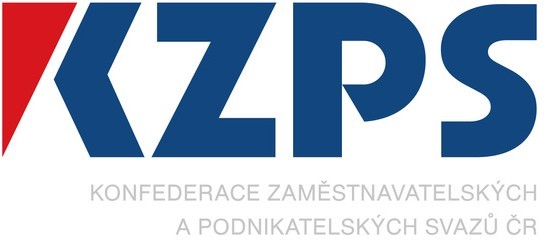Czech Business Today
EESC Corner: A need to survive
Until very recently, a need to survive in Europe and the world was connected with the implementation of the Green Deal strategy through a set of instruments. First of them were announced already during January and connected with a financial and investment way of implementation. In the meantime, however, the need to survive was fatally modified by the COVID-19 pandemic, which became during a second the key priority now. When it is over, the time for the Green Deal will come again.
The Green Deal doctrine started to be implemented via its financial and investment tools called in a more general manner as a Sustainable Europe Investment Plan (SEIP) and its more precisely specified part, the Just Transition Mechanism (JTM) and the Just Transition Fund (JTF). The SEIP represents the first concrete policy reaction to accommodate very ambitious carbon-neutrality targets as defined by the European Green Deal. As such, it is the investment pillar of the European Green Deal working with expected additional investment allocation of EUR 260 bn. per year until 2030.
For being this concept successful, it is vitally important to engage in it the private capital sources. In fact, this concept represents a new kind of social contract between the private and public sectors to finance projects with highest importance with and in favour of public interest. The SEIP is intended to cover all the relevant areas and sectors important for the transition, mainly energy, construction (buildings), transport, agriculture and digitalisation. It strongly respects not just the technology change, but broadly covers also the consequent social impacts.
The Just Transition Mechanism represents a balanced symbiosis between subsidies and financial instruments, between the centrally- and shared managed programmes, between different types of financial sources as well as competences and responsibilities at several levels (Union, national, regional as well as municipal). This quite original mix will therefore require a new level of governance and management.
As the JTF is the first tangible step to tackle with the issue from the financial and investment points of view, we are aware of and underline the necessity to practically implement also the other tasks in the European Green Deal agreement. Without that, the efficiency of the JTF would be limited. The European Green Deal can be understood as the backbone of the future EU economic configuration, a potential start of a fundamental change and a turning point. It could be a symbol for common European added value.
Despite the huge volume of connected investment and provisional costs, we still consider the Green Deal as a long-term challenge and a global comparative advantage for Europe. Therefore, it is worth to agree that the green target represents one of the key priorities of the future Cohesion Policy, with allocation for this purpose of at least 30% of the total Cohesion Policy budget. We are however convinced that it will be very suitable to more precisely elaborate the financial framework not only for the JTF itself, but for the whole JTM and SEIP.
We add that some expected amounts (for example the additional contribution from national sources, or the transfer of some ERDF and ESF+ money for this purpose) are not guaranteed. Also, the special regime within the InvestEU Programme, or the EIB Loan Instrument for the Public Sector need to answer a lot of remaining question marks.
Petr Zahradník,
Member of Group I – Employers






